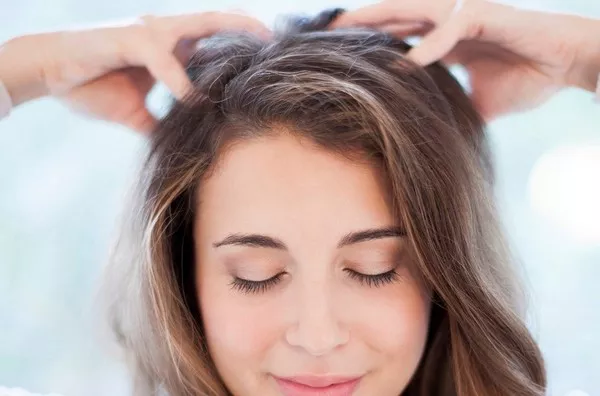In the quest for healthy, lustrous locks, many turn to protein hair treatments as a solution. But what exactly do these treatments do, and how can they benefit your hair? In this comprehensive guide, we’ll explore the ins and outs of protein hair treatments, including their purpose, benefits, types, application methods, and potential considerations. Whether you’re struggling with damaged, brittle hair or simply looking to boost your hair’s strength and vitality, understanding protein hair treatments can help you achieve your hair goals.
The Purpose of Protein Hair Treatment
Protein hair treatments are designed to strengthen and repair damaged hair by replenishing lost protein. Hair is primarily composed of a protein called keratin, and exposure to various factors such as heat styling, chemical treatments, and environmental damage can weaken the hair’s protein structure. Protein treatments work to restore this structure, resulting in smoother, healthier-looking hair.
Benefits of Protein Hair Treatment
Strengthens Hair: Protein treatments help reinforce the hair shaft, making it more resilient to breakage and damage.
Repairs Damage: By filling in gaps in the hair cuticle, protein treatments can repair split ends and other forms of damage.
Improves Elasticity: Protein treatments restore elasticity to the hair, reducing brittleness and increasing flexibility.
Enhances Shine: Healthier, stronger hair reflects light better, resulting in increased shine and vibrancy.
Reduces Frizz: Protein treatments can help smooth the hair cuticle, reducing frizz and flyaways for a sleeker appearance.
Types of Protein Hair Treatments
Hydrolyzed Protein Treatments: These treatments contain proteins that have been broken down into smaller molecules, allowing them to penetrate the hair shaft more effectively.
Keratin Treatments: Keratin treatments infuse the hair with keratin protein, helping to strengthen and smooth the hair.
Collagen Treatments: Collagen treatments are designed to boost the hair’s elasticity and moisture retention, resulting in softer, more supple strands.
DIY Protein Treatments: Some people opt to create their own protein treatments using ingredients such as eggs, yogurt, or avocado, which are rich in protein and other beneficial nutrients.
Application Methods
Protein hair treatments can be applied in various ways, depending on the product and your hair’s specific needs:
In-Salon Treatments: Professional stylists can perform protein treatments using specialized products and techniques tailored to your hair type and condition.
At-Home Treatments: Many protein treatments are available for at-home use, ranging from masks and conditioners to leave-in treatments and serums.
Frequency: The frequency of protein treatments depends on your hair’s condition and needs. Some may benefit from weekly treatments, while others may only require monthly or occasional treatments.
Considerations for Protein Hair Treatment
Overuse: While protein treatments can be beneficial for damaged hair, excessive use can lead to protein overload, causing the hair to become stiff and brittle.
Allergies and Sensitivities: Some individuals may be allergic or sensitive to certain proteins used in treatments. It’s essential to perform a patch test before using a new product and discontinue use if any adverse reactions occur.
Compatibility with Other Products: Protein treatments may interact with other hair care products, such as shampoos, conditioners, and styling products. It’s essential to read product labels carefully and consult with a hairstylist if you have any concerns.
Conclusion: Harnessing the Power of Protein for Healthier Hair
In conclusion, protein hair treatments offer a range of benefits for those looking to strengthen, repair, and improve the overall condition of their hair. By replenishing lost protein and restoring the hair’s structure, these treatments can help combat damage, increase elasticity, and enhance shine and manageability. However, it’s essential to use protein treatments responsibly, avoiding overuse and being mindful of any allergies or sensitivities. Whether you opt for professional salon treatments or DIY at-home remedies, incorporating protein hair treatments into your hair care routine can help you achieve stronger, healthier, and more beautiful locks.
How To Make An Afro With Long Hair

